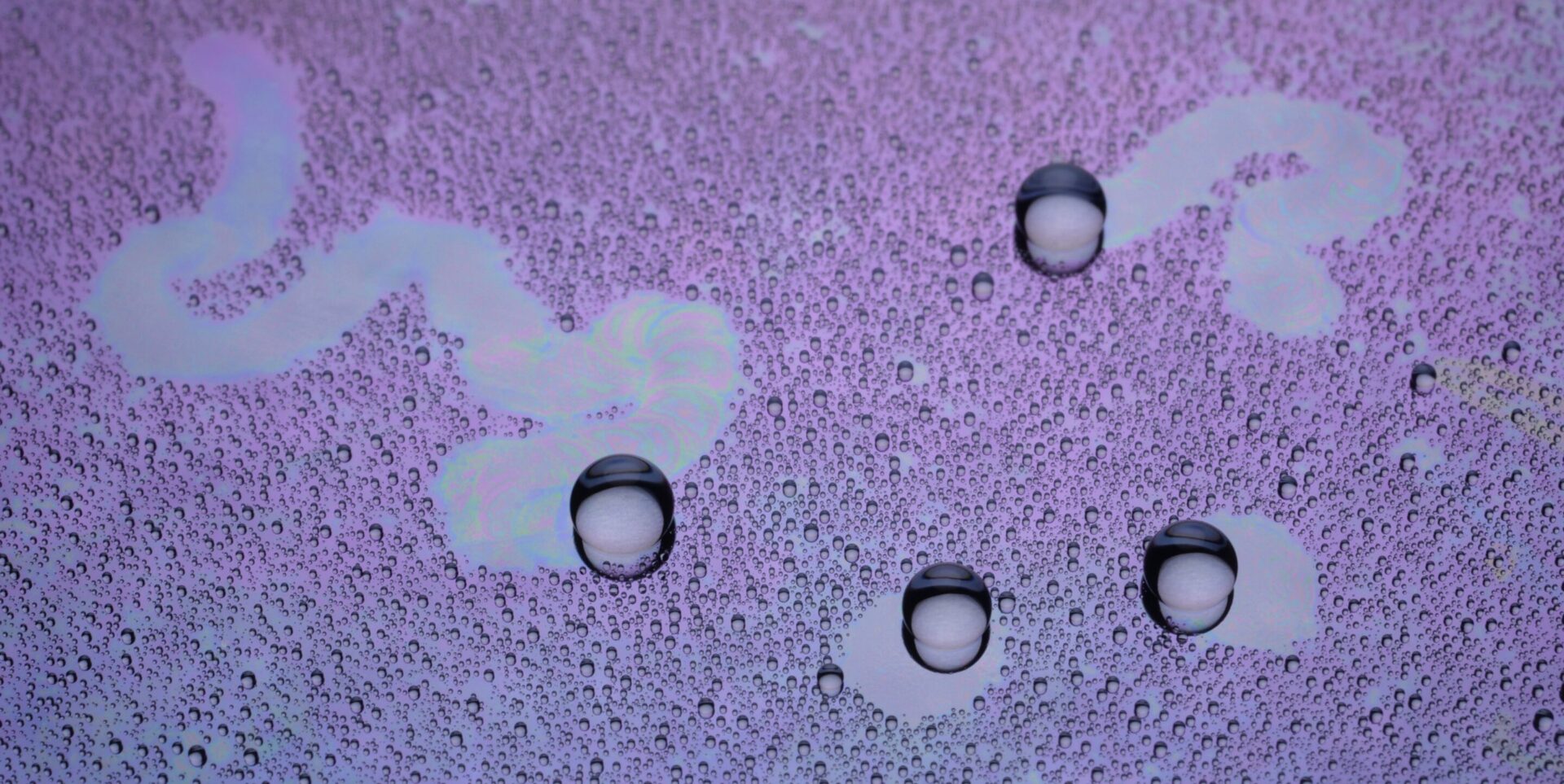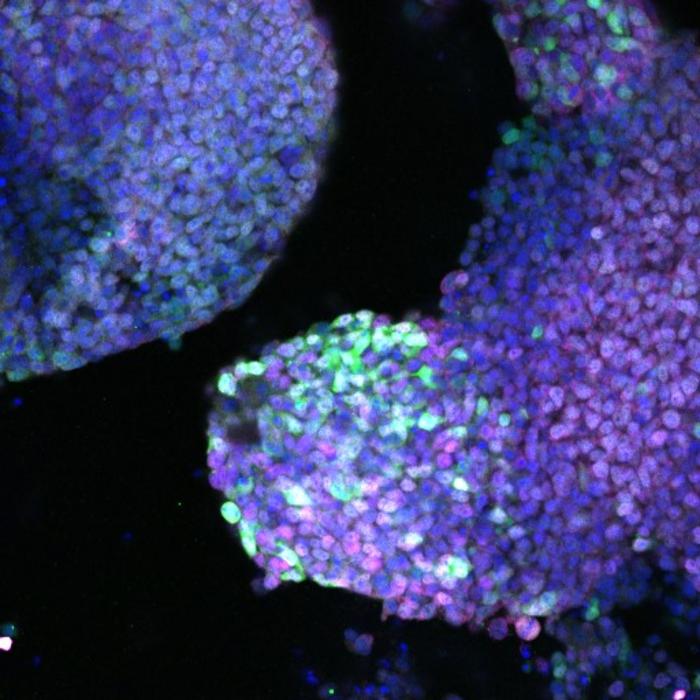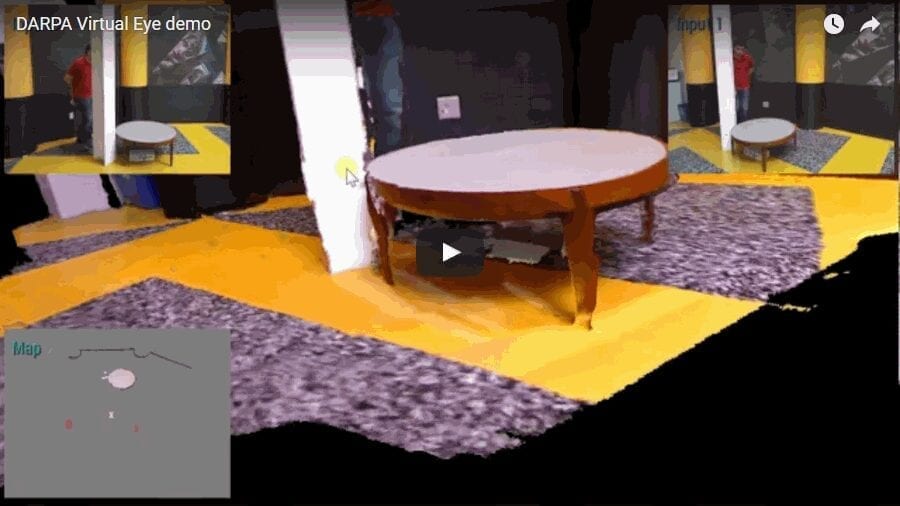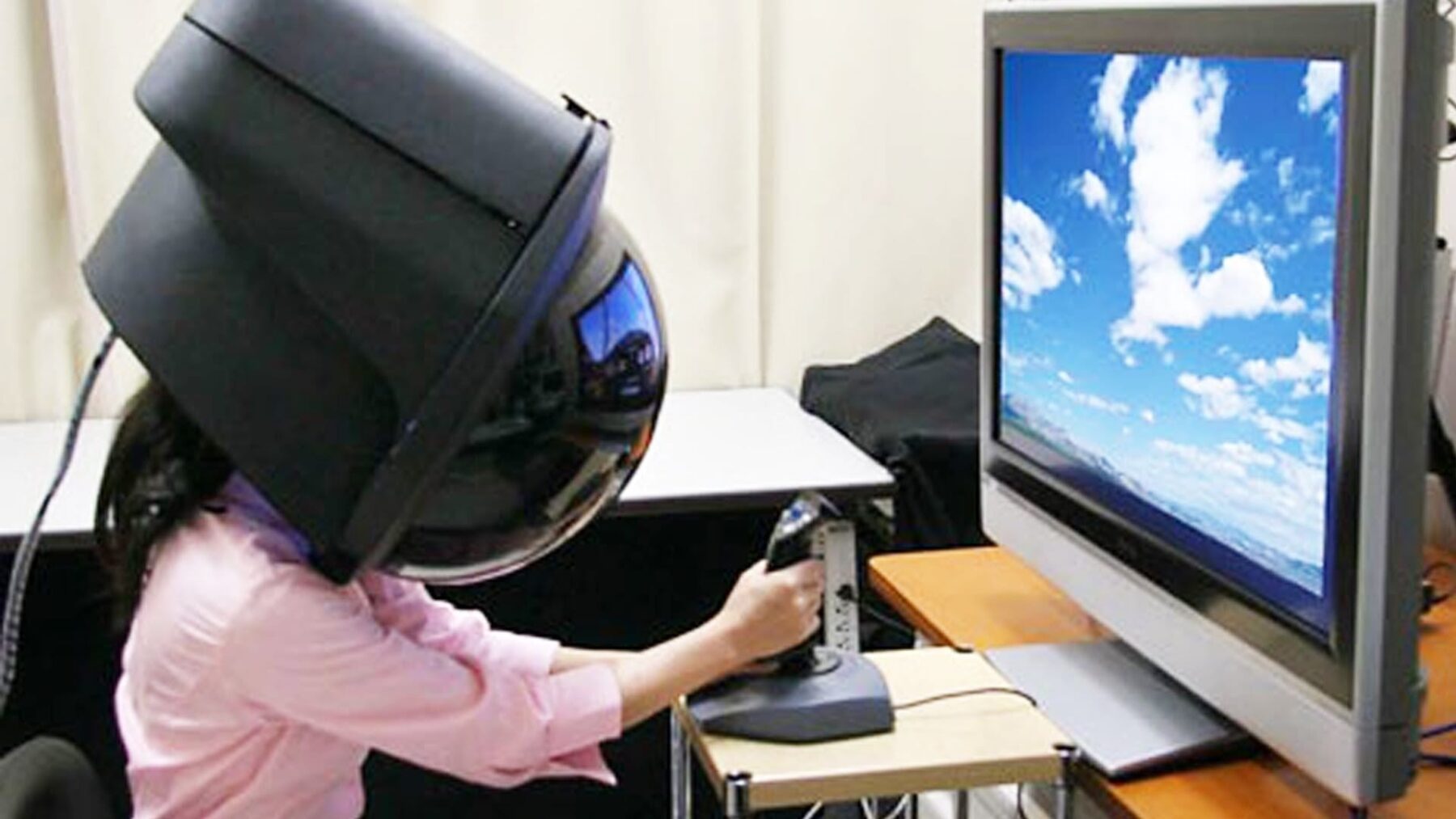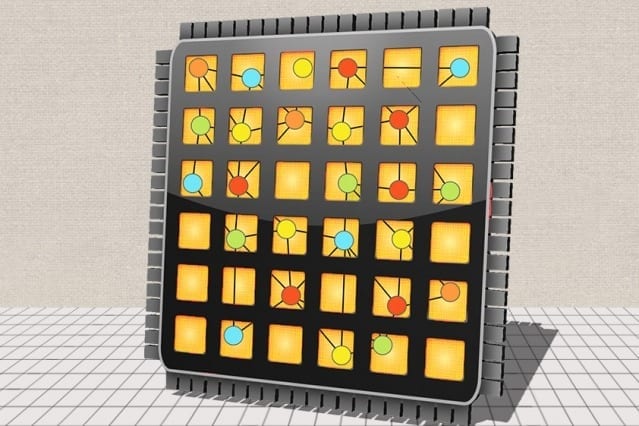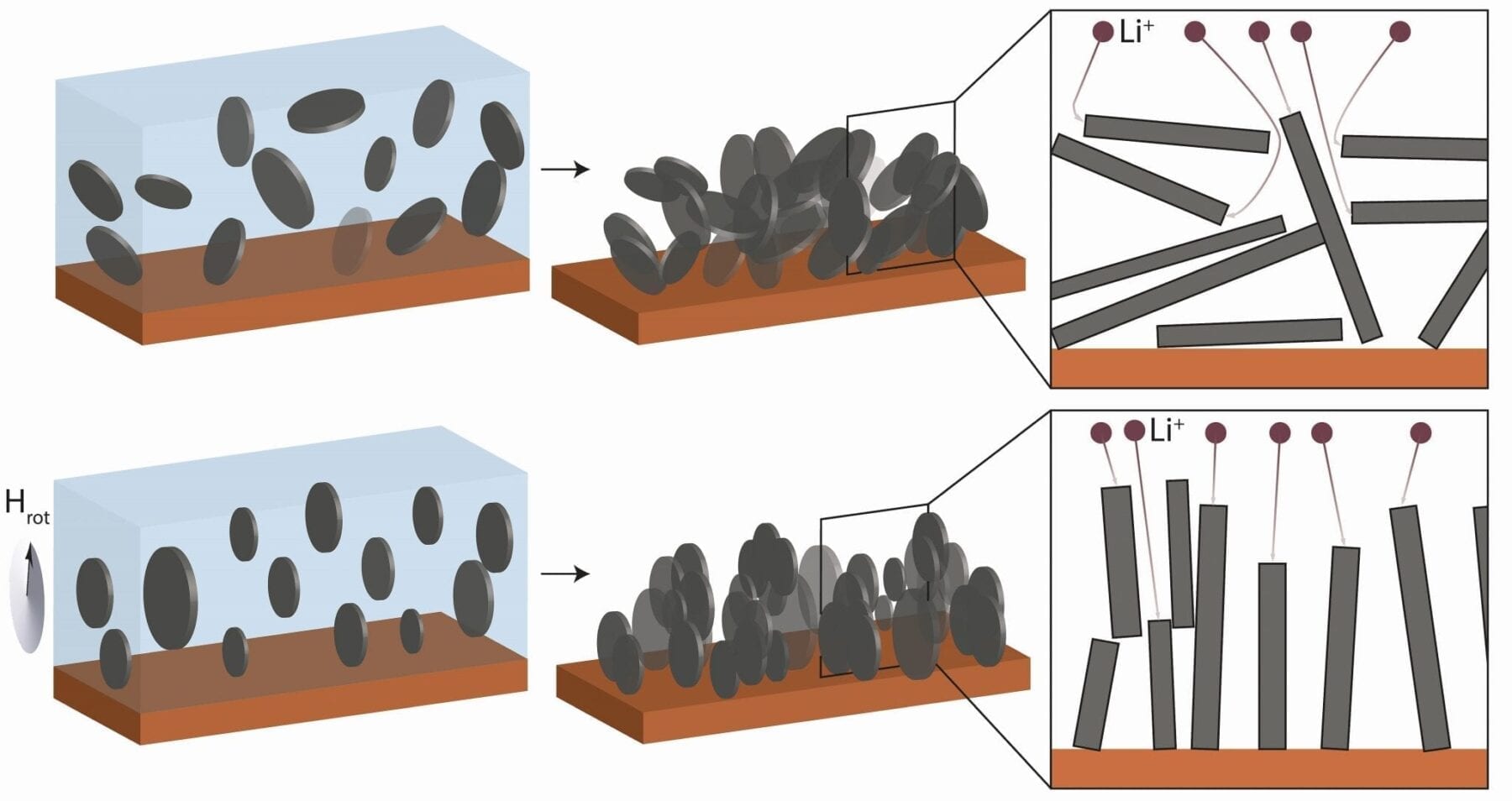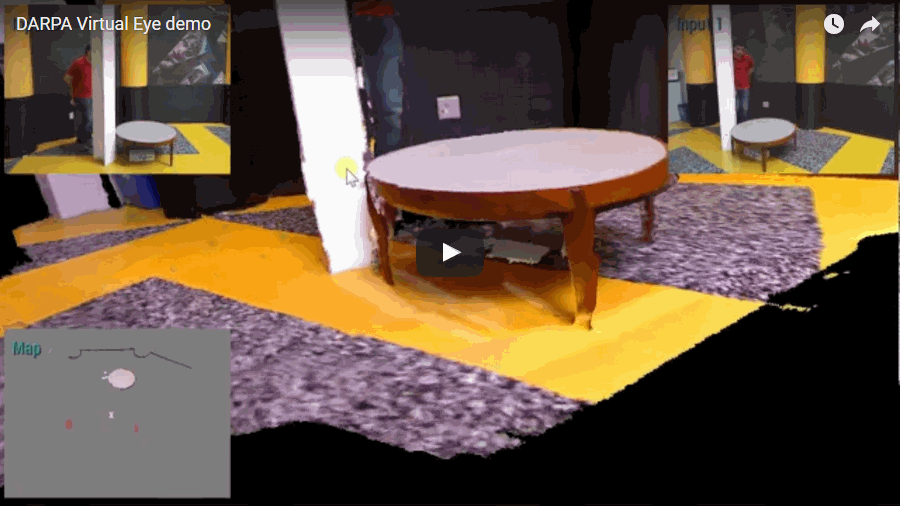
The best thing to give first responders before they enter a smoky room or the site of a chemical spill, or to soldiers before they enter a hostile bunker, is a picture of what’s inside. Exploring an unsecured space in 3D from a safe distance could be a matter of life or death.
A team at the Defense Advanced Research Projects Agency (DARPA) is helping to make that possible by funding efforts to combine powerful 3D imaging software, GPUs and pretty much any camera to generate a VR view of a potentially dangerous environment.
The intention of the system, dubbed Virtual Eye, is to let soldiers, firefighters and search and rescue personnel walk around a room or other enclosed area — virtually — before entering, enabling them to scope out the situation while avoiding potential dangers.
“The question for us is, can we do more with the information we have?” says Trung Tran, the program manager leading Virtual Eye’s development for DARPA’s Microsystems technology office. “Can we extract more information from the cameras we’re using today?”
The answer is a resounding yes. Even more impressive: any camera will suffice. Tran says the system is “camera agnostic.”
How Virtual Eye Works
Emergency responders who have determined that a room is too dangerous to enter without more information would insert drones or robots. These would wield or position two cameras in different parts of the room. The Virtual Eye software then fuses the separate images into a 3D virtual reality view in real time by extrapolating the data needed to fill in any blanks.
So, in a firefighting scenario, this could enable firefighters to look into a room, determine where a child in peril is located — perhaps behind a bed or other piece of furniture — see where flames are active, and plan their approach.
On the battlefield, soldiers could use Virtual Eye to detect if they might be ambushed, if an explosive is in a room or if a boobytrap awaits them.
“Understanding what we see is critical to making the right decisions in the battlefield,” says Tran. “We can create a 3D image by looking at the differences between two images, understanding the differences and fusing them together.”
A Real-Time 3D Video Experience
The Virtual Eye system under development relies on NIVIDIA mobile Quadro and GeForce GTX GPUs to stitch the images together, and to extrapolate 3D data from the images captured by the cameras. Tran says the NVIDIA GPUs were chosen because they’re small enough to fit into a laptop.
Learn more: DARPA Virtual Eye Lets Emergency Responders ‘See’ What They Can’t See
The Latest on: 3D virtual reality
[google_news title=”” keyword=”3D virtual reality” num_posts=”10″ blurb_length=”0″ show_thumb=”left”]
via Google News
The Latest on: 3D virtual reality
- Virtual reality helping Louisville doctors perform safer surgerieson May 8, 2024 at 9:46 am
The ground-breaking technology allows surgeons to use virtual reality to practice on their patients before they're on the operating table.
- AI and holography bring 3D augmented reality to regular glasseson May 8, 2024 at 8:00 am
Researchers in the emerging field of spatial computing have developed a prototype augmented reality headset that uses holographic imaging to overlay full-color, 3D moving images on the lenses of what ...
- Automakers shift to extended reality in design processon May 8, 2024 at 6:19 am
Explore how the automotive industry is transforming its design process by incorporating extended reality for more efficient and innovative outcomes.
- Virtual Reality Market worth $38.0 billion by 2029 - Exclusive Report by MarketsandMarkets™on May 7, 2024 at 7:14 am
By Offering: Software segment to account for the larger market share in the forecasted year.
- 3D VAMR LAB TARGETS TO EQUIP 1,600 HIGHLY SKILLED TECHNICAL WORKERS IN TWO YEARS - TENGKU ZAFRULon May 6, 2024 at 11:57 pm
Minister of Investment, Trade and Industry (MITI), Tengku Datuk Seri Zafrul Abdul Aziz lauched the MyAero 3D visualisation and virtual augmented mixed reality lab at MITI's pavillion at the Defence ...
- Virtual Reality in BFSI Market Growth Analysis: Size, Share, Revenue Opportunities, and Competitive Forecast, 2024-2032on May 6, 2024 at 9:27 pm
The global virtual reality in BFSI market revenue was around US$ 652.1 million in 2023 and is estimated to reach US$ 4,789 million by 2032, growing at a compound annual growth rate (CAGR) of 24.8% ...
- Apple and Meta still think virtual reality is the future — even if nobody else doeson May 3, 2024 at 10:58 am
Meta CEO Mark Zuckerberg and Apple chief Tim Cook are still hyped up on virtual reality, even if consumers aren’t all excited about their headsets.
- NTU unveils virtual reality research prototypeson May 2, 2024 at 6:42 am
Bringing such a 3D virtual environment directly into the design industry’s production process will help to shorten design cycle times and cut physical sample costs.” Called the “3-D Virtual Try-on”, ...
- Shhh! 3 Secret Augmented Reality Stocks Flying Below Wall Street’s Radaron April 30, 2024 at 11:25 am
InvestorPlace - Stock Market News, Stock Advice & Trading Tips Virtual reality (VR), the metaverse, mixed or extended reality and spatial ...
- Shhh! 3 Secret Virtual Reality Stocks Flying Below Wall Street’s Radaron April 30, 2024 at 3:35 am
InvestorPlace - Stock Market News, Stock Advice & Trading Tips Thanks to weaker-than-expected forecasts, top virtual reality (VR) stocks ...
via Bing News


